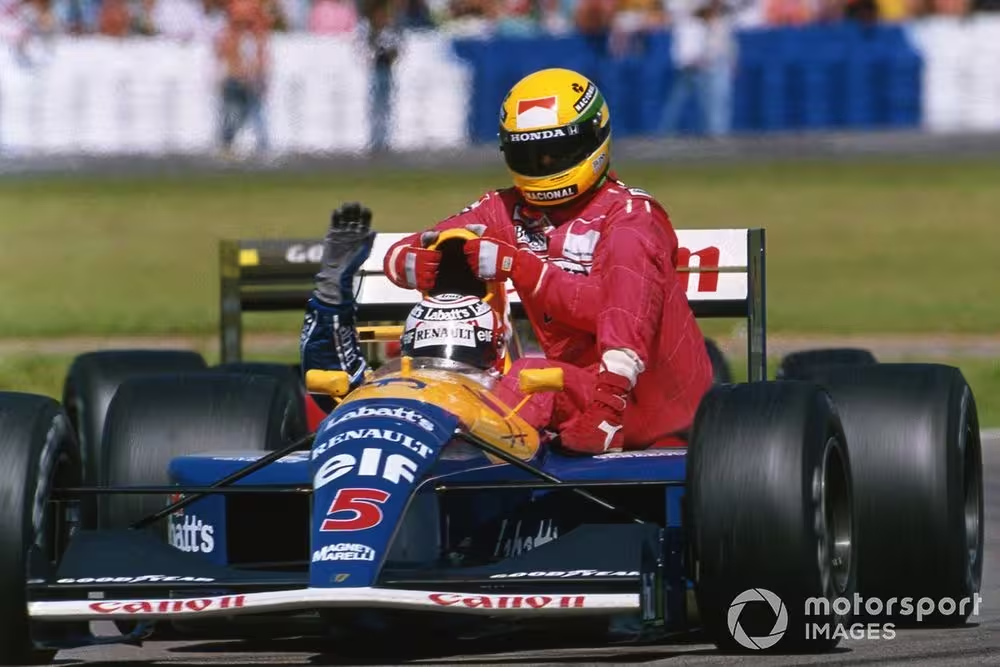Silverstone is the home of the British Grand Prix and is one of the most iconic tracks in F1 history. The circuit has been the permanent host of the event since 1987 but had previously shared hosting duties with Aintree and Brands Hatch.
Here’s everything you need to know about the Silverstone Circuit:
Quick facts about the Silverstone Circuit
-
Year opened: 1948
-
First championship race: 13 May 1950
-
Location: Silverstone, Northamptonshire, Great Britain
-
Circuit length: 3.66 miles (5.891km)
-
Laps: 52
-
Race length: 190.263 miles (306.198km)
Silverstone Circuit history
The Silverstone Circuit was built on the site of the Royal Air Force bomber station, which was operational between 1943 and 1946 – during World War Two. The Northamptonshire track still features parts of the three runways in the classic WW2 triangle format, where the Wellington bombers would take flight.
Following the end of the war, the airbase was quickly turned into a track by the Royal Automobile Club and Silverstone Circuit was officially opened in 1948. The circuit hosted the inaugural Formula 1 world championship race in 1950, which was won by Giuseppe Farina – who that year claimed the world championship.
Ayrton Senna, McLaren receives a lift back to the pits from Nigel Mansell, Williams FW14 Renault
Photo by: Motorsport Images
The track had a few minor changes in the following years, but a more distinct remodel came in 1991. This saw the introduction of Maggotts, Becketts and the Chapel Curve between Turns 10-14.
Corpse, Priory, Brooklands and Luffield were redesigned in 1997-1998, while the last big change came in 2010-2011 when an infield arena was added…
Click Here to Read the Full Original Article at Autosport.com – Formula 1 – Stories…

